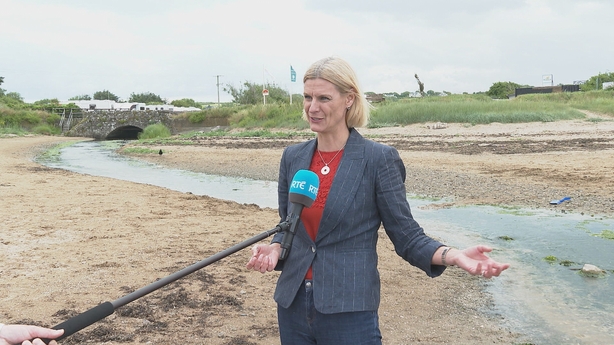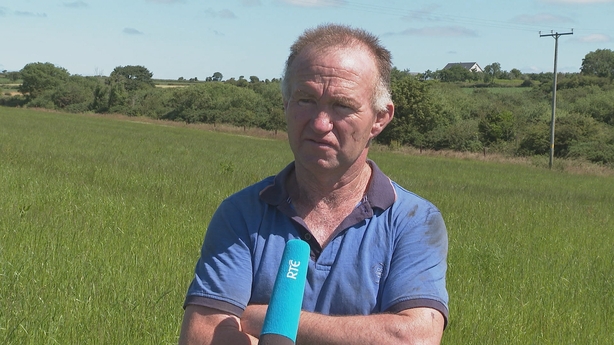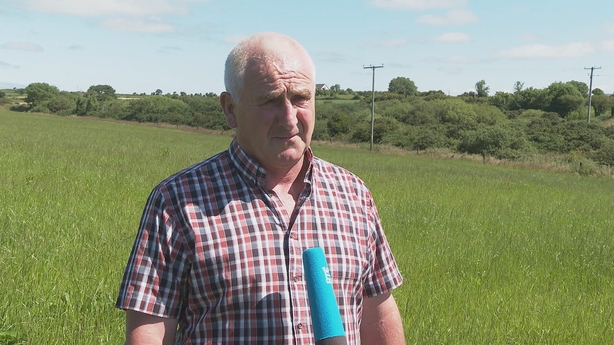An innovative partnership involving farmers, their local council and the Department of Agriculture has led to an improvement in water quality at a beach which had been affected by pollution.
The European Innovation Partnership was set up in south Wexford a few years ago in an attempt to boost water cleanliness in streams going into the beach at Duncannon.
The popular bathing spot lost its blue flag status in 2007, partly because of run-off from agricultural land in the area which was going into the coastal streams, but recent years have seen an uptick in the water quality and now there are hopes that the blue flag will be restored before long.
Minister of State at the Department of Agriculture, Pippa Hackett, said the project is a collaboration between the local community, farmers, scientists and the council as well as the department.
"The water quality here was really poor and it was decided, 'look we have to do something about it' so there's two streams that come onto the beach here, further inland you will find that there's farms around the streams, so work was started to get this collaborative approach with the farmers and it worked really well. You now have clear water here, bathing is allowed and we're still on the way to getting the blue flag back here."

The project also found other issues with water quality in the area, not caused by farmers, which has led to Irish Water deciding to develop a new treatment plant nearby.
"These locally-led results-based schemes work really well," the minister said.
Project lead for Wexford County Council, agricultural scientist Eoin Kinsella, said the council realised about five years ago that farmyard inspections were throwing up "non-compliances" in some places.
"Wexford County Council came up with a new approach then," he said.

"We were awarded just over half a million [under the European Innovation Partnership] for a three-year project to try and reduce the bacteria levels at Duncannon beach. Our main focus now at the moment is the two streams that flow into Duncannon beach. We know there are another three pressures there, there are no wastewater treatment facilities in Duncannon, Ballyhack or Arthurstown and we're glad to see that Irish Water and Wexford County Council constructing that, alongside the Sisk Group."
The project is also about "community-wide engagement and just creating a more positive engagement within a rural setting".
To date, 35 farmers have got involved with the project and measures taken by them include fencing off watercourses, improving storage in their yards to prevent leakages, and ensuring no silage run-off, sediment traps to reduce sediment loss into rivers.
One of the participants, Paddy O'Brien, said he used the funding available to fix broken concrete around his silage pit, as well as protecting silage bales.

"There was bit of a run-off from them, but now I have a tank down and I have an effluent channel around it and I have a bit of a wall built. It's a big help and it's definitely saving the pollution in the area. The pollution was there, it wouldn't be much, but now there's none."
Another farmer in the scheme, Philip Doyle, said one of the attractions was that it involved the council working "with the farmers, instead of telling the farmers what to do".
Works are ongoing, he said, including moving fences near watercourses to two metres from the edge, improving roadways to prevent run-off, installing a sediment pond, and putting in extra slurry storage.

"The farmers are doing their bit, there's probably plenty of work to be done still, it's not only the farmers letting the water in, it's coming from various different sources, hopefully it's going to be getting better and better anyway."





